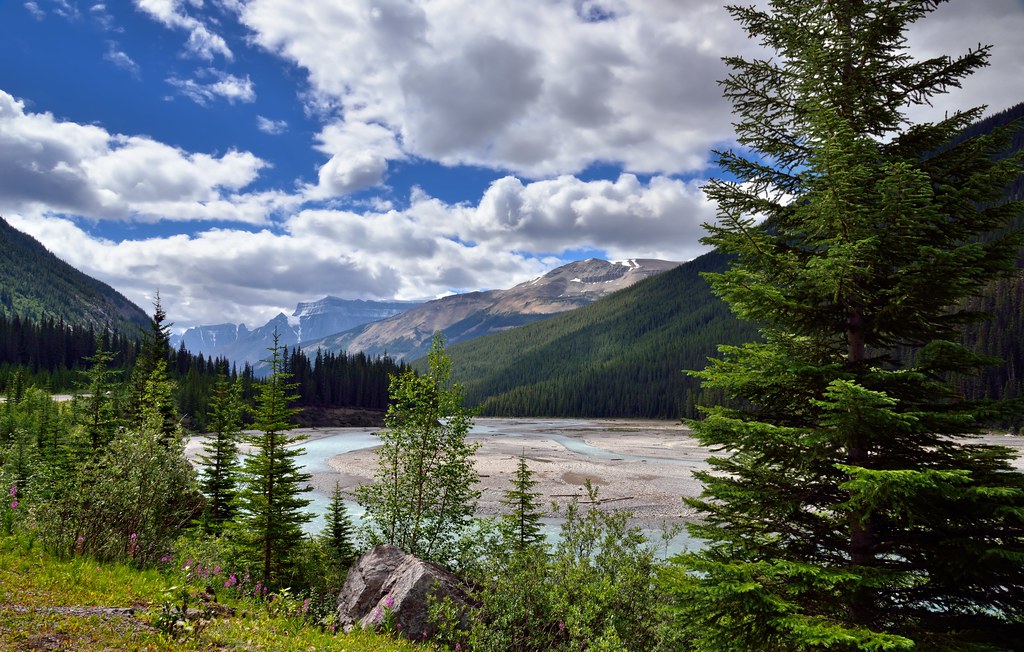#north saskatchewan river
Text
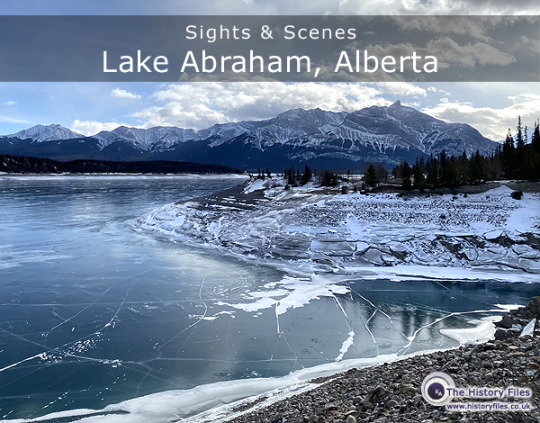
Lake Abraham, Alberta: this lake in Alberta was created in 1972 as part of the process of building the Bighorn Dam, being added along the upper course of the North Saskatchewan River.
#history#historyfiles#lake abraham#abraham lake#alberta#canada#sights and scenes#photos#nature photography#nature beauty#artificial lake#rocky mountains#canadian rockies#north saskatchewan river#bighorn dam
9 notes
·
View notes
Video
The North Saskatchewan River Flows Though the Canadian Rockies by Mark Stevens
Via Flickr:
A view along the Icefields Parkway in Banff National Park.
#Banff National Park#Blue Skies with Clouds#Canadian Rockies#Capture NX2 Edited#Color Efex Pro#Day 5#Fireweed#Highway 93#Icefields Parkway#Looking SE#Mount Amery#Mountains#Mountains in Distance#Mountains off in Distance#Nature#Nikon D800E#North Saskatchewan River#Project365#River#Trees#Wildflowers#Alberta#Canada#flickr
10 notes
·
View notes
Text
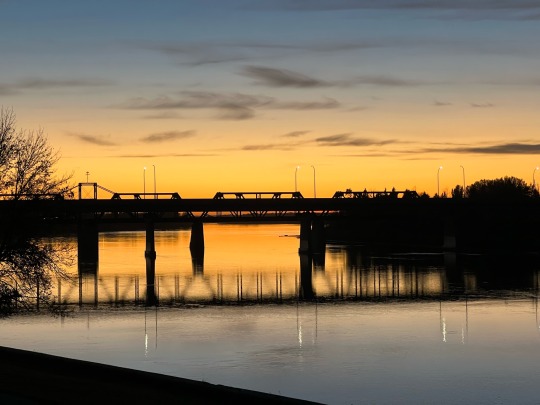

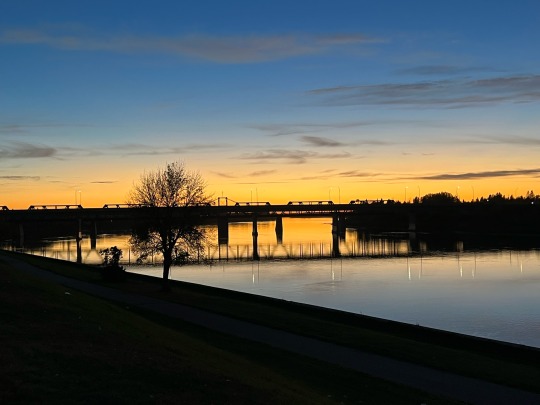
47 notes
·
View notes
Text
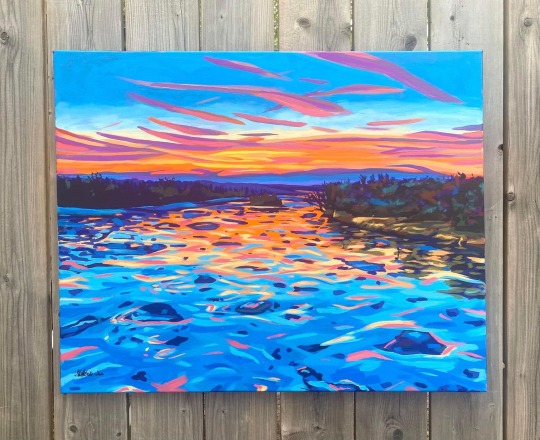
2022 No. 24 “Spring Melt”
May 29
Acrylic on canvas, 24X30 inches
#aleksi draws#aleksi ann#aleksiann#painting#artists on tumblr#acrylic#yxe#saskatchewan#landscape#River#north saskatchewan river#North Battleford#art
82 notes
·
View notes
Photo
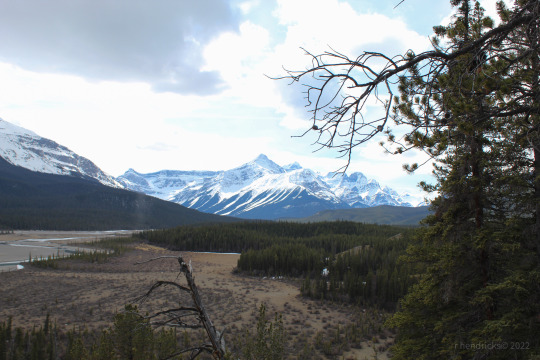
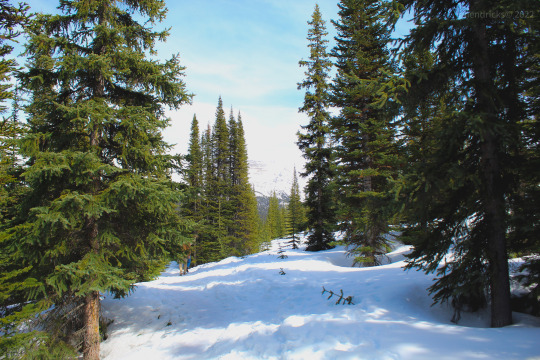


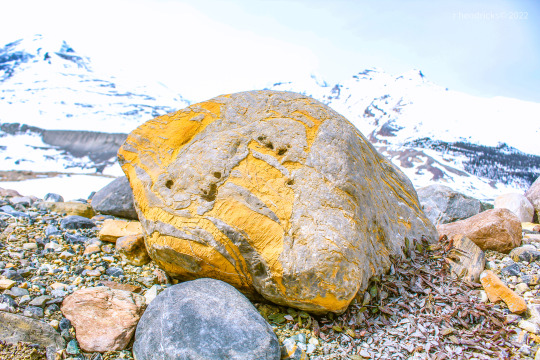

Icefield Parkway, Banff and Jasper Nat’l Parks, AB
#banff national park#jasper national park#alberta#canada#canadian rockies#canon photography#nature photography#mountains#snow#glacier#north saskatchewan river#howse pass#road trip#stunning
15 notes
·
View notes
Text

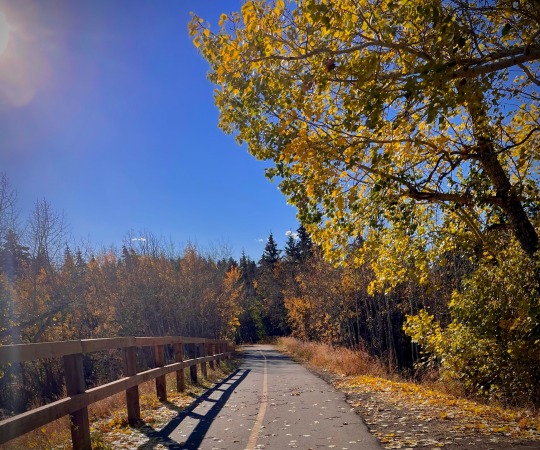
• Taken October 20, 2022 •
#photography#photographer#yegphotography#yegphotographer#yeg#edmonton alberta#edmonton#canada#capilano#capilano park#north saskatchewan river#fall#autumn#afternoon#afternoon walk#city#city scape#city line#city skyline#River#trees#plants#leaves#colourful leaves#autumn leaves#nature#2022
6 notes
·
View notes
Text
Haven't posted my face in awhile 😋 but here I am again 💜
Reintroduction! Again! My name is Avi or Newt, whichever you would like to call me. I'm very gay, very unstable, and living a wonderful life 🥰 I have several partners that make me feel loved and secure.
I'm not always on/active but always feel free to message me about things!


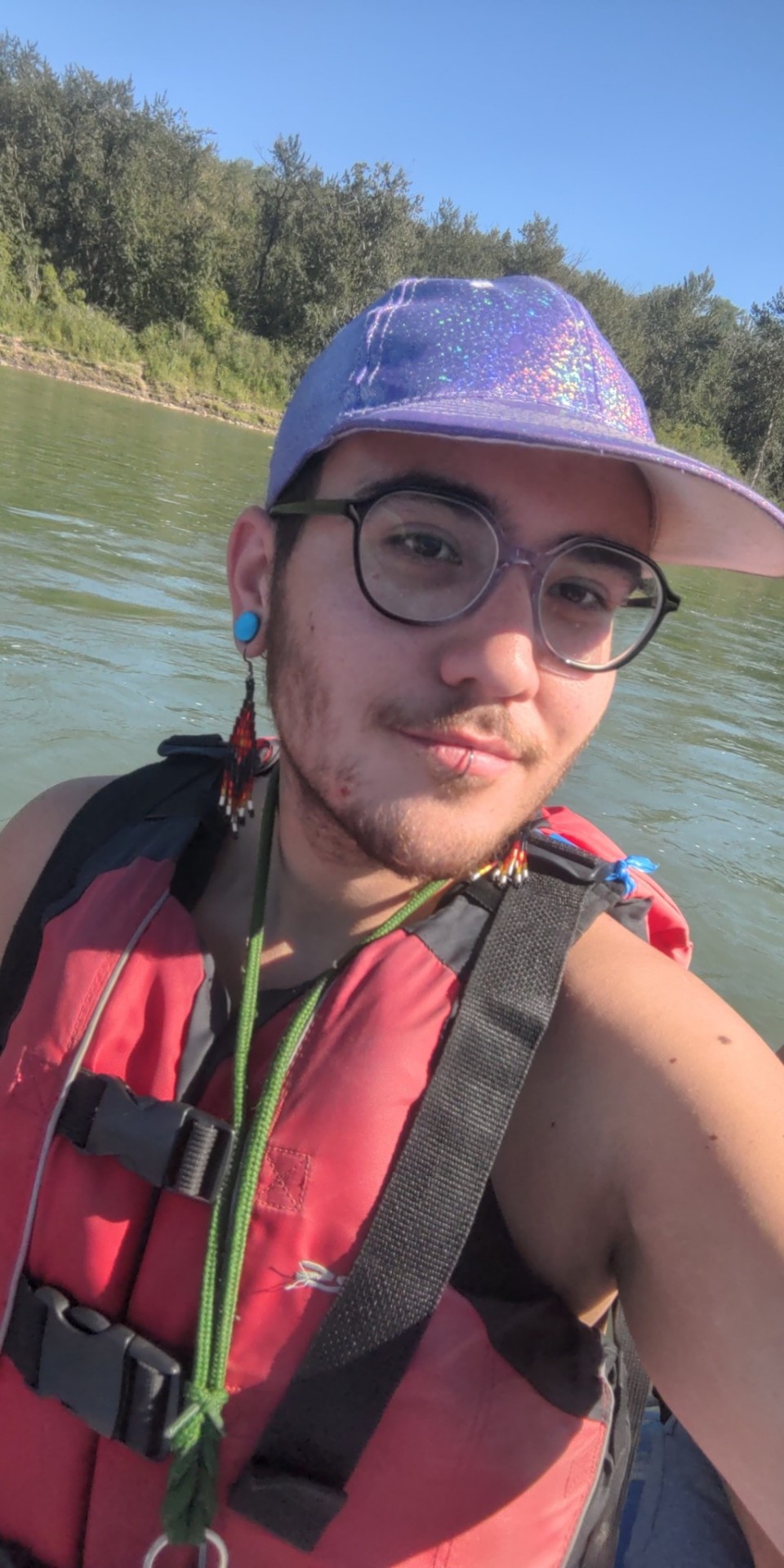
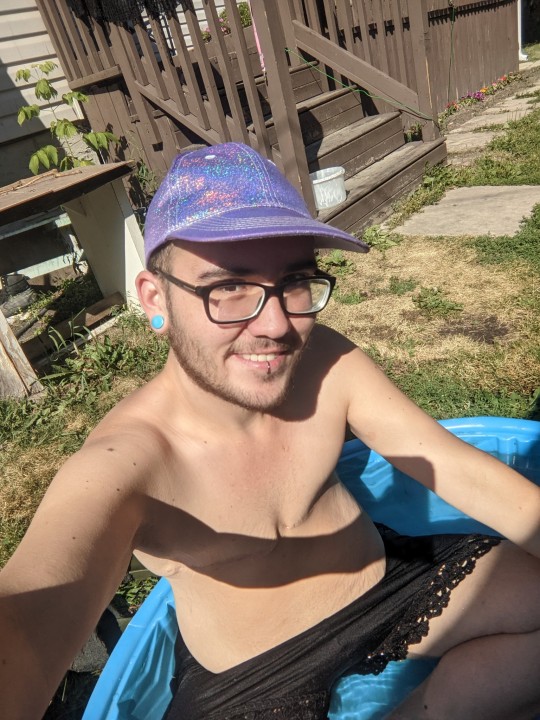

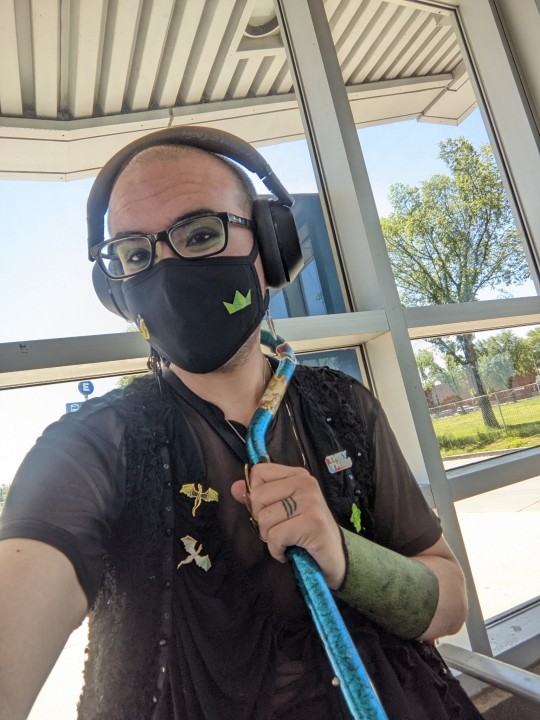
#look at me#nonbinary#selfie#queer#gay#pride#disability#two-spirt#camping#rafting#kdays#edmonton#genderqueer#gnc as fuck#north saskatchewan river
4 notes
·
View notes
Text
Edmonton, Alberta. 🇨🇦
0 notes
Text
The Edmonton metropolitan area has grown in recent decades, its population doubling from 726,000 in 1984 to 1.5 million in 2021. Located on the North Saskatchewan River, it is the capital of the Canadian province of Alberta and the northernmost city on the continent with a population over one million. Edmonton is also a staging point for large-scale oil sands projects in the northern part of the province, as well as large-scale diamond mining operations in the Northwest Territories.
53.534444°, -113.490278°
Source imagery: Google Timelapse
70 notes
·
View notes
Text
september 30th, 2023
People who are not First Nations, Métis, or Inuit will never know the sickening feeling of finding out the playground you used to go to is the site of a former residential school, a school still in use by the town of Fort Smith, NWT.

fig. 1. Joseph Burr Tyrrell Elementary School in Fort Smith. Sarah Pruys/Cabin Radio.
First, I’d like to make clear that to my knowledge none of my my immediate family members are residential school survivors, I share community and space with many people who are and I personally attended the Truth and Reconciliation Commission and I will only be speaking on my own experiences. I descend from 7 historic Métis Otipemisiwak families by the names of Berthelet, Caron, St. Germain, Larivière, Dazé, Dubois, and Boudreau, who come from the historic Red River Settlement and Batoche. I come from Amiskwaciywâskahikan, Treaty 6 and I now make my home in Mohkinstsis on Treaty 7 land. I introduce myself in this traditional way of the Métis Otipemisiwak to contextualize my knowledge and experiences, honour my family, and situate myself on this land and in this conversation.
Today is Orange Shirt Day, a day that honours Phyllis Webstad, member of Stswecem’c Xgat’tem First Nation (Canoe Creek Indian Band), and survivor of the Residential School system. Her story is what has inspired this national day of honour and action. Beyond wearing orange I would like non-Indigenous settlers to really consider the history around them and the experiences of survivors and those who lost their lives. I would like you to physically step up for us, be there for us when we are being beaten down, sit with Elders and listen to their stories, learn about their joy as well their pain.
I attended Grandin School, an elementary school in Amiskwaciywâskahikan (Edmonton, Alberta) before it was renamed to Holy Child. For anyone outside of the area I will describe it; the school is over one hundred years old in a historic neighbourhood. Near the school is an LRT station underground and on one side of the platform was a large mural depicting Bishop Grandin, a nun holding a native child, an Indigenous family at camp, and a residential school. Based on the fact that Bishop Grandin spent time working in Saint-Boniface of the Red River Settlement, Fort Chipewyan in what is now Alberta, and Île-à-la-Crosse in what is now Saskatchewan, it can be assumed that the family is either First Nations or Métis, however it must not be forgotten that the Inuit of the north also suffered these institutions.
A quote from Bishop Vital Grandin haunts me to this day, more now than ever.
“We instil in them a pronounced distaste for the native life so that they will be humiliated when reminded of their origin. When they graduate from our institutions, the children have lost everything Native except their blood.”
- Bishop Vital Grandin, 1875
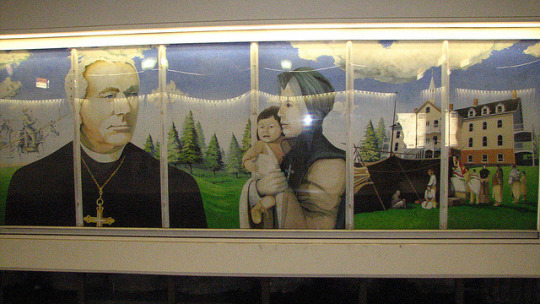
Fig. 2. “A mural depicting Bishop Grandin at an Indian Residential School is located at the Grandin LRT Station in Edmonton.” Image courtesy of Jake Cardinal and Alberta Native News.
I remember teachers taking us to the Is platform to sse the murals but it was not a critical conversation they were very much pro church and viewed residential schools from a sinister paternalistic perspective.
The mural was eventually covered up but the narrative in grandin elementary was that they were "helping native families. I remember inside the school by the main stairwell there was a portrait of Old Grandin and it was literally so scary to me hated walking past it so much I would sprint up the stairs whenever I walked past him alone.
I attended the seventh and final Truth and Reconciliation Commission’s national event in March of 2014, at the end of one of the days I was there I took the train to see my old elementary school, to see the mural and to really consider what I had been taught in school versus what my community and family has taught me. Again, none of my direct family are residential school survivors but many Métis are and this history is often hidden. Prayers up and tobacco down for every single survivors, living and in spirit form.
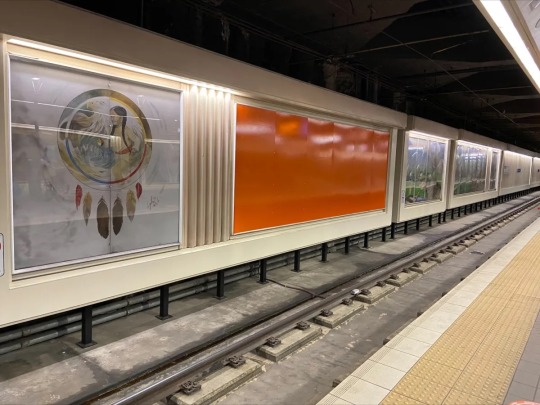
Fig. 3. The mural depicting Bishop Vital-Justin Grandin at an Edmonton LRT Station was covered in orange Tuesday, June 8, 2021. Kirby Bourne, Global News
First Nations, Métis, and Inuit have been talking about their family members who did not come home and the abuse they experienced. This is not new information, and you have to sit and listen no matter how uncomfortable you are because nothing is more uncomfortable than colonial violence. When news came out about the children of Kamloops in 2021 it was devastating how many people I knew personally that were completely ignorant of the Truth and Reconciliation Commission and the history of residential schools. What happened in these institutions are absolute atrocities many people would rather not face even the knowledge of what happened to these children, both alive and passed on. Like the survivors, the perpetrators of these horrors live on and have never been held accountable.
Continue to honour your community, stand up and show up for First Nations, Métis, and Inuit. Learn about the history of settler-colonial occupation of this land and how you yourself are directly benefitting from this ongoing genocide. Residential school survivors and the children who never came home are in your community; they are the kind kokum down the hall as well as the middle aged man living on the street, their children young adults, teenagers, kids, babies, they still carry these experiences and memory down to the atoms that make up each of their cells.
works cited
Bourne, Kirby. ‘Mural at old Grandin LRT Station to be removed this fall,’ September 23rd, 2021, Global News.
Cardinal, Jake. ‘Edmonton Paints Over The Grandin Mural’, Alberta Native News, June 10th, 2021.
Grandin, Vital-Justin. On the goal of residential schools, 1875.
Pruys, Sarah. ‘MLA calls for new Fort Smith schools, citing residential school legacy’. Cabin Radio, March 5th, 2023.
Webstad, Phyllis Jack. Phyllis’ Story In Her Own Words, OrangeShirtDay.Org
#my heart is there for all survivors and families that lost their babies#truly heartbreaking stuff#truth and reconciliation#orange shirt day#riel text#Indigenous#heavy day
113 notes
·
View notes
Text
Edmonton police were notified about vandalism at Gold Bar Park on Monday.
EPS said its Hate Crimes Unit is looking into what appeared to be a swastika and other hate-related symbols burned into the grass.
City crews were removing the symbols and cleaning the area later Monday afternoon.
Gold Bar Park is located east of the core near Capilano. It’s on the south bank of the North Saskatchewan River at the end of 50th Street.
Continue Reading.
Tagging: @newsfromstolenland, @abpoli
29 notes
·
View notes
Video
A Look to Parker Ridge (Icefields Parkway) by Mark Stevens
Via Flickr:
In Banff National Park on the Icefields Parkway.
#Banff National Park#Black & White#Blue Skies with Clouds#Canadian Rockies#Capture NX2 Edited#Color Efex Pro#Day 5#Highway 93#Icefields Parkway#Looking NW#Mountains#Mountains in Distance#Mountains off in Distance#Mountainside#Nature#Nigel Peak#Nikon D800E#North Saskatchewan River#Parker Ridge#Portfolio#Project365#River#Silver Efex Pro 2#Trees#Alberta#Canada#flickr
3 notes
·
View notes
Text
okay this started off as a bit but then it just kept getting longer. so uh. the losers as canadians, I GUESS????
for my non-canadian friends: being canadian is basically just like being american (so either imagine the US if you're american, or imagine some random high school movie) there's just less billboards and if you're french you can buy alcohol while still in high school, but i was thinking about it, if anything would be notably different about the losers if they were canadian.
and then it struck me! they're french immersion students!
derry is now derry, ontario, a rural township 30 minutes from vankleek hill and about an hour from the quebec border. they have one k-8 school and one 9-13 school that sit side by side on a river. the town has a pretty strong francophone foundation, but in recent years english speakers have been moving up from southern ontario, and the town is now pretty evenly split french/english.
but thats not what we're here for!! so: losers!
bill, eddie, stanley, and richie have been in the same class every year since they were four on account of being french immersion students (schools will typically only have enough french immersion students for one or two classes, and with derry being a small town with a growing english population i think even families who spoke french at home would begin putting their children in the english stream)
when they were five stan started crying trying to color the northwest territories with a crayon on a map of canada assignment, bill lent him his color pencils which is how they became friends
richie could not spell saskatchewan to save his life, and fits "scasckatchawan" into the space on the map in horrible squished letters, stan is aghast at this, and richie realizes his opportunity to get a rise out of stan, so he does an even worse job than normal, this is how they become friends
eddie can't spell saskatchewan either but is embarrassed to admit it because he doesn't want to be grouped in with a dumbass like richie, he announces that he thinks the assignment is stupid, and richie immediately dares him to spell it. a friendgroup is born.
eddie, ben, beverly, and mike all have english as a first language, richie and stan learned both simultaneously, and bill has french as a first language
eddie's paternal grandparents immigrated from poland, and since they wanted frank to speak both polish and english, they decided not to bother with french, sonia met frank at an english university and moved up to derry with him when they got married, they speak english at home, and sonia never learned polish. the plan was to have frank teach eddie polish but he died before he could, so sonia puts eddie in french immersion so he'll still be bilingual
ben is from labrador and had to move to derry to live with his aunt. ben had been in french immersion when he was living in labrador, because arlene figured it would give him more opportunities, so he continued with it in derry
beverly's mom was from a french speaking part of quebec, but her dad never learned french. he puts her in french immersion since he can't teach her french himself.
mike speaks english at home but the only nearby catholic school was a french school closer to the quebec border, so he's the most fluent of the four. theres no catholic high school nearby so he ends up going to derry high with the rest of the losers where he takes advanced french
maggie and went are both quebecois, but went is from montreal and grew up speaking english, whereas maggie is from a small town north of quebec city and grew up speaking french. they're both french/english bilingual and speak both at home.
richie has grown fond of speaking in an unholy sort of "franglais" that mostly consists of english words with a godawful quebec accent, french swears, and incorrect verb conjugation he picked up from eddie
maggie is an angry ex-catholic who swears a lot (most french canadian swears are religion based and lowkey sacrilegious in nature) and has a pretty strong quebec accent. richie, does not, except for when he's swearing in french (or stressed or angry), this isn't even a bit on his part, he just emulated the way his mom said the words. his friends point out that he sounds like a very angry lumberjack when he says "tabarnak" and he bases an entire Voice on it
stan's parents both grew up in derry when it was a mainly french speaking community, but wanted to make sure stanley would fit in with his peers who were becoming more and more english, so he learns both from birth
bill's parents both immigrated from france and only speak french, bill is french french and is frequently confused by the differences between quebec french and france french. he starts speaking in a pretty distinctly french canadian way because of richie, and starts swearing like a french canadian (like a sailor), also because of richie, his parents are horrified.
when they're in high school richie won't stop making fun of bill for being french and bill's like??? you're french too??? and richie's like. no. i'm french canadian, you're actually french. eddie points out that richie's thing is worse.
richie uses pretty much exclusively french-canadian swears (of which there are many) because of maggie, his friends will sometimes say these things because he says them so frequently, but none of them have quebec accents, so it sounds horrible and awkward and richie mocks them relentlessly whenever this happens
every time one of the losers turn 18 they drive up to quebec so they can get a drink lol. even for the losers who don't want to drink they drive up to quebec, and make the birthday boy/girl show the bartender their ID and ask for like. an apple juice. it is very funny.
#how did this even happen this was supposed to be a short joke post#also richie stan bill eddie beverly and ben all have god awful social skills because of being in french immersion#whereas mike like. actually had to learn how to meet new people and holds all of the social skills in the friend group#french immersion kills peoples social skills because they don't meet new people in school after the age of four#what even is this tbh#anyways.#it stephen king#it 2017#it 2019#it novel#stanley uris#bill denbrough#mike hanlon#ben hanscom#beverly marsh#richie tozier#eddie kaspbrak#maggie tozier#posts afflicted with a strange sickness#red's ramblings
34 notes
·
View notes
Note
When I was a kid, I heard not to call indigenous people Eskimo because it's derogatory. It means something to the effect of "eater of raw meat". "Inuit" was recommended instead.
As an adult, I've heard that they'd prefer Eskimo to Inuit because the former is a general term, whereas the latter is a specific tribe (and they hate getting confused with other tribes).
Inuit and Ojibwe are two tribes I've heard associated with Canada. I'd be interested in whatever other info (if any) you could dump on me.
Eskimo actually comes from the French word esquimaux, meaning one who nets snowshoes.
You are correct, Inuit is not the preferred term, while one group does use the term the hundreds of others do not.
To list a few terms used by the tribes aside from Inuit there is Inuvialuit, Inuinnaat, Inupiat, Yupiit, Cupiit, Yupiget, Yupik, and Sugpiat, but they can all be grouped under the term Eskimo as despite their varying cultures and traditions, all use snowshoes.
The Ojibwe live in both the United States and Canada and occupy land around the entire Great Lakes, including in Minnesota, North Dakota, Wisconsin, Michigan, and Ontario.
It'll be hard to name all of the tribes in Canada off the top of my head...
There are more than 630 tribal communities in Canada, which represent more than 50 Nations and 50 languages, but from the top of my head I can name the;
The Cree are one of the largest tribes in Canada. Their territory covers a vast area of Western Canada from the Hudson-James Bay region to the foot of the Rocky Mountains, and in Alberta between the North banks of the North Saskatchewan River to Fort Chipewyan.
The Dene have historically inhabited central and northwestern Canada in an area known as Denendeh, meaning “the Creator's Spirit flows through this Land” or “Land of the People.” This region includes the Mackenzie River Valley and the Barren Grounds in the Northwest Territories.
The Haida People have occupied Haida Gwaii since time immemorial. Their traditional territory encompasses parts of southern Alaska, the archipelago of Haida Gwaii and its surrounding waters.
The Niitsitapi, also known as the Blackfoot or Blackfeet Indians, reside in the Great Plains of Montana and the Canadian provinces of Alberta and Saskatchewan. Originally, only one of the Niitsitapi tribes was called Blackfoot or Siksika.
The majority of Métis live in the western provinces and Ontario, they are the product of tribal marriages with the French, they were rejected by both the tribes and the French and so formed their own tribe.
The Mohawk people are the most easterly section of the Iroquois Confederacy. They are an Iroquoian-speaking Indigenous people of North America, with communities in southeastern Canada and northern New York State, primarily around Lake Ontario and the St. Lawrence River.
The Nootka are a people who live on what is now the southwest coast of Vancouver Island, and on Cape Flattery, and the northwest tip of the state of Washington.
The Huron-Wendat are one of Québec's most urbanized Indigenous nations. Their cousins the Wyandot moved to Michigan, Ohio, Kansas, and Oklahoma.
Mi'kmaq communities are located predominantly in Nova Scotia and New Brunswick, but with a significant presence in Quebec, Newfoundland, Maine and the Boston area.
The Nuxalk people call themselves the Nuxalkmc. Traditional Nuxalk territory is the central coast of British Columbia, from the mouth of the Bella Coola River inland along the Bella Coola Valley and nearby inlets and channels.
Also, the Canadian Ojibwe tribes are the same as the American Chippewa tribes, like I mean they are the exact same tribe just called different names.
80 notes
·
View notes
Text
North Saskatchewan River, Rocky Mountains, Canada
94 notes
·
View notes
Text
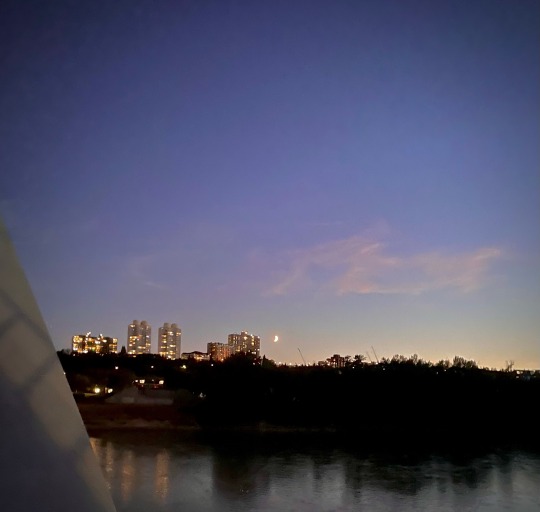
• Taken September 1, 2022 •
#photography#photographer#yegphotography#yegphotographer#yeg#edmonton alberta#edmonton#canada#downtown#downtown edmonton#north saskatchewan river#River#city#city scape#citylights#city skyline#sunset#moon#2022
5 notes
·
View notes
